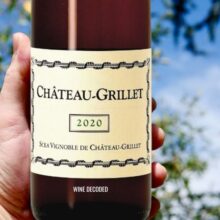
Product information
Château Grillet 2020
Viognier from Rhône Valley, Northern Rhône, France, Condrieu, Château Grillet
$1,350
Description
Château Grillet (pronounced Gree-yay) makes one of the world’s most sublime white wines from Viognier. It’s price is heading into the stratosphere.
I loved playing with the Viognier at Yarra Yering, may have been from Grillet cuttings, may not ….. and was fortunate to drink my fair share of Grillet. For years there was never enough Viognier at YY to make an individual white wine. It was always co-fermented with Shiraz to make the Dry Red No.2. Finally, when there was finally enough to make 200L, a pièce, we got to experience something incredible!
I devoured my last bottle a few years ago at 20 years old.
It was still fresh as a daisy!
“The 2020 Château-Grillet knocks it out of the park. Vinified from just-ripe fruit harvested between the 26th and 31st of August, it dazzles with outstanding purity and complexity. Fragrant linden blossom, chamomile and saffron mingle with white peach, apricot and cedar. Less oily and more delicate than in 2019, the 2020 Château-Grillet is built on finesse and intensity rather than power. Finely nuanced lemon peel, jasmine, melon and nutty hints add further layers to the delicious palate. The quintessential 2020 closes with an enticing phenolic grip on the lingering finish.”
Nicolas Greinacher, Vinous 98 Points
“As for Château Grillet 2020, it achieves perfection, diving into the terroir, with an incredible minerality that makes the wine vibrate. Pure, but not thin, cut with precision, this rough diamond is one of the greatest wines of France.”
La Revue du Vins de France 100 Points
Out of stock


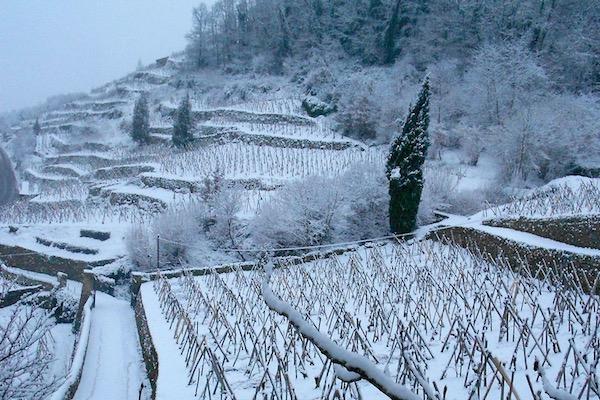
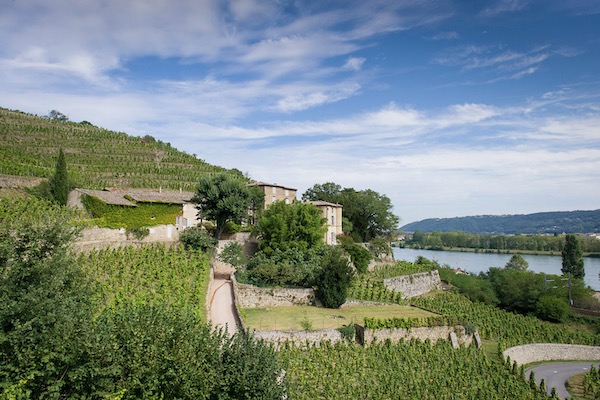






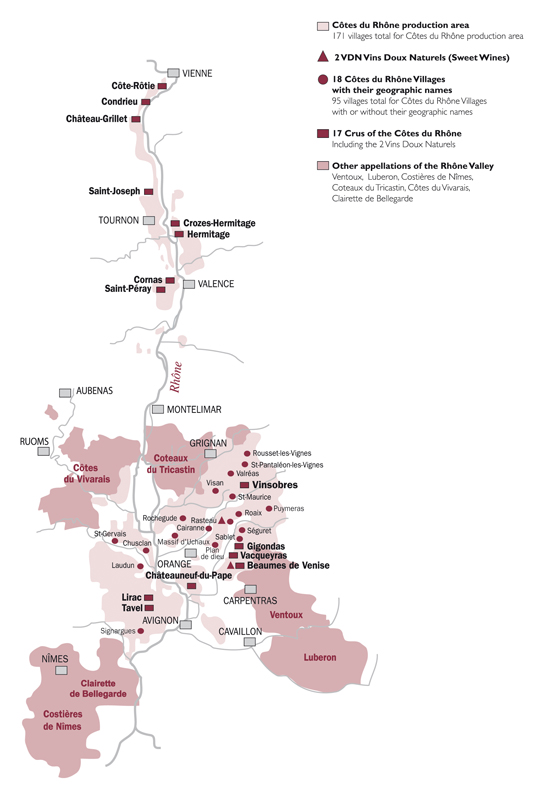
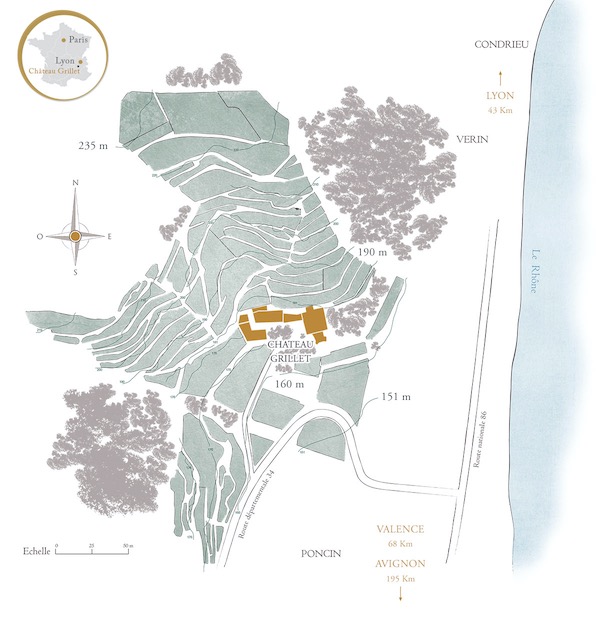
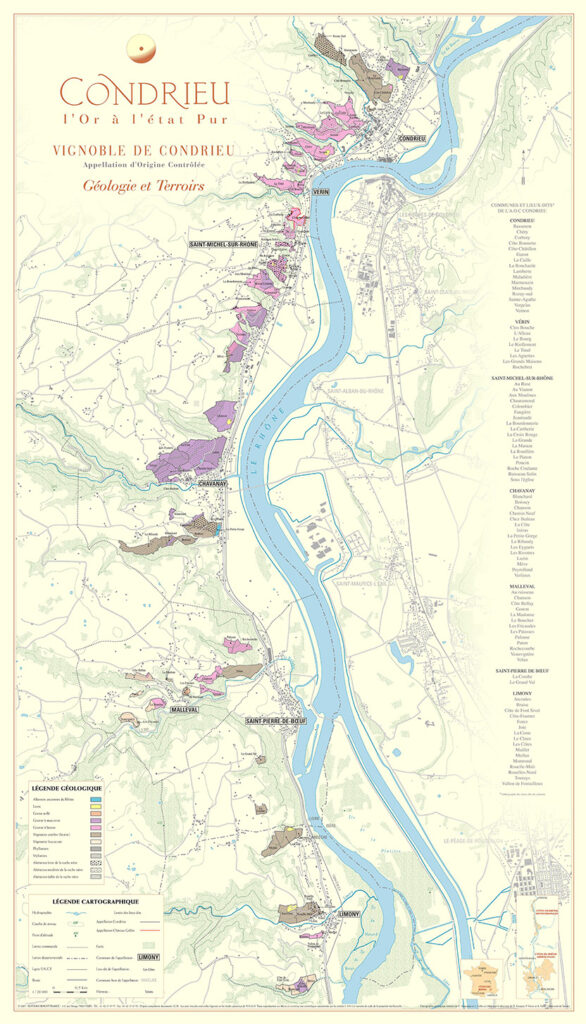
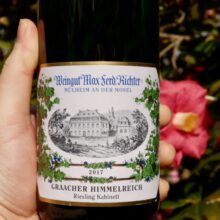
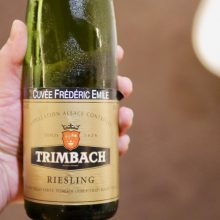

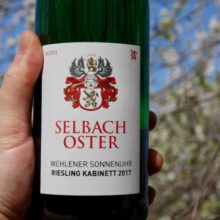
You must be logged in to post a comment.